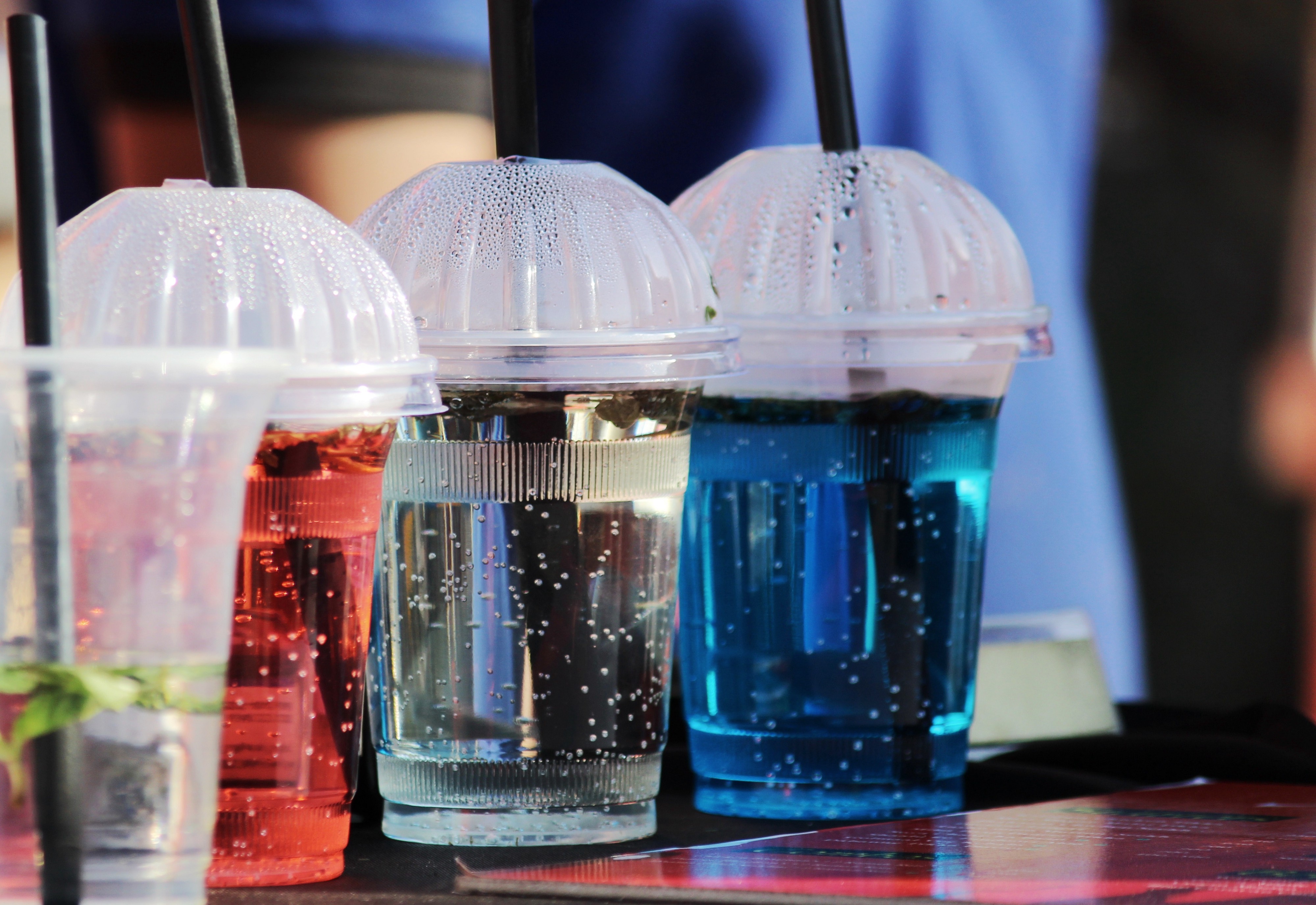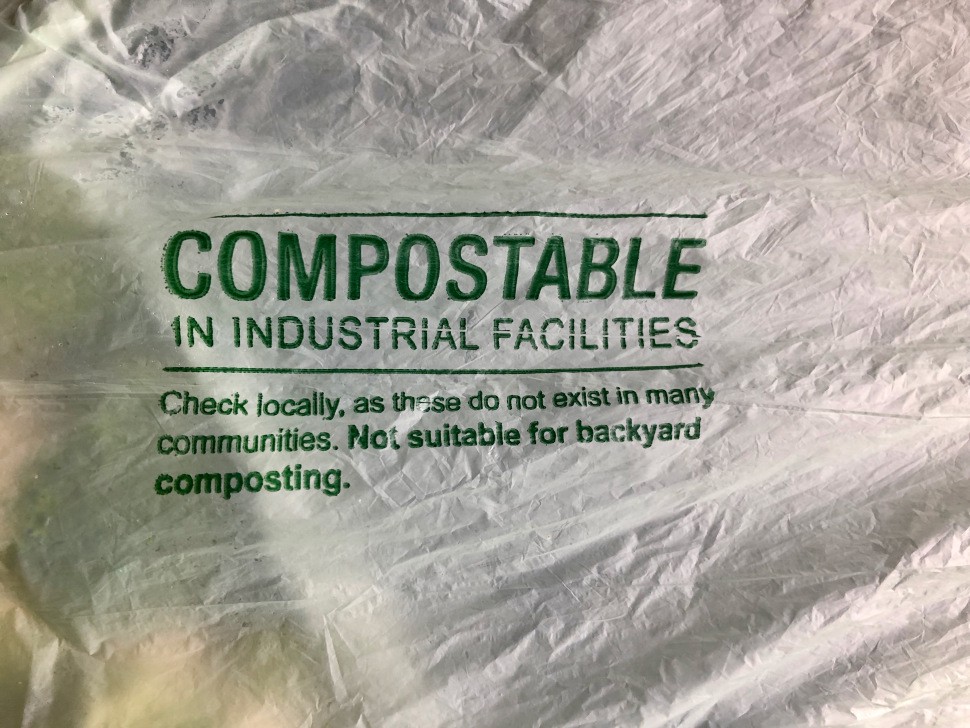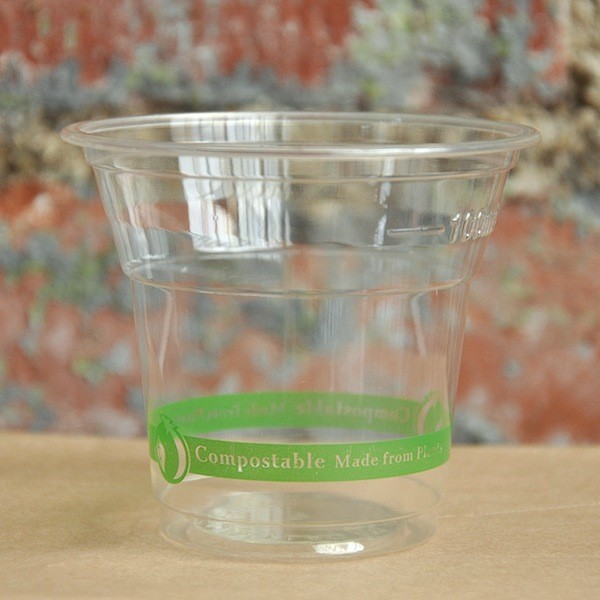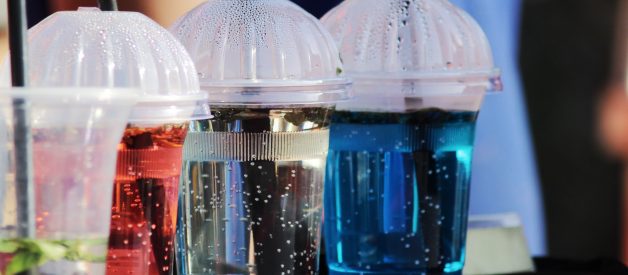 Photo by Sagar Chaudhray on Unsplash
Photo by Sagar Chaudhray on Unsplash
Neither will that compostable bag or cutlery in your pantry
False advertising and lack of consumer literacy have made the word ?compostable? mean very different things.
In 2007, I was interning at a local hospital.
The now-ubiquitous compostable plastic cups from corn and potato starch had just been introduced. And in our pursuit of sustainability, we boldly replaced the cafeteria?s styrofoam cups with the new alternative. The manufacturer told us that not only were these cups and cutlery made from plants, but they could break down easily in compost heaps. If we had any doubt, the green line and brand ?100% Compostable? stamped onto the products eliminated our uncertainty.
Our campaign tagline was ?Our new cups are made from corn and will break down. Sweet, huh??
They were a hit. Everyone was excited about cutting back on styrofoam, and the combination of the sourcing and end-life was a win-win.
Over the past decade, we have seen the incredible rise of the plastic alternatives: clear cups and disposable cutlery with the words ?Compostable? all over them.
The Fine Print
Twelve years later, I run a non-profit. One of our programs is a large scale outdoor compost service. In 2019 we will collect and compost over 50,000 lbs of food waste from businesses and residences in the city. Mixed in with a wide variety of organic matter, we will manage piles full of a wide range of gross organic matter. After 8?12 weeks and a few turns, we will screen the finished product to use on our community farm.
We teach classes on compost, have a compost coordinator, design compost containers, and are currently working on a compost system to heat our greenhouse.
We do a lot with compost.
Last winter, on a day that 10-degree day, I went outside to check on the piles. As consistent as ever, in the middle of the winter, they were still cooking around 160 degrees at the interior. The heat generated from active biota and microorganisms is sufficient to break down weed seeds, greasy pizza boxes, coffee filters, and even chicken bones.
The one thing that active biota can?t decompose? The plastic-looking cup you are currently holding. It is referred to as PLA or TPLA based compostable plastics, and without additional added heat sustained for long periods, it won?t break down.
While our piles reach an absolute maximum of 170 degrees, compostable cutlery and plastic-looking cups generally won?t begin to significantly decompose until at least 200+ degrees ? temperatures that will likely never occur in a backyard compost pile, and certainly not in a landfill.
 The fine print is actually really fine print ? A compostable bag from Trader Joe?s.
The fine print is actually really fine print ? A compostable bag from Trader Joe?s.
The only way for these cups to be composted is if they are sent directly to a commercial composter. There they will require additional heat and will still take 3?6 months to break down. This unlikely scenario also requires the even more unlikely step of sorting and organizing them through yet another waste stream.
For nearly every time you have seen these products at work, home, school, or large gathering, they are likely going to end up in the landfill ? where they will never break down. Or worse, they will confuse users, and end up in the recycling, only to contaminate the other poly-based products.
Gap Between Intent and Impact
Having spent my life working around sustainability, perhaps nothing is more fundamental to my distaste of the word than the space between intent and impact; the gaping hole between marketing language and actual execution.
Or more precisely, the distance between what a person thinks as when they purchase a compostable cup and the likelihood that it will spend millennia in a landfill ? or worse, the Great Pacific Garbage Patch.
 The Traditional Compostable Plastic Cup
The Traditional Compostable Plastic Cup
The unfortunate part of this is not the desire behind it, but rather our lack of understanding of the process. The marketing sounds promising, but the execution is often significantly underdelivered.
The truth is we are a disposable culture. And the problem doesn?t rest solely on the technology behind the products. It?s also on our focus for quick solutions, and the looming treadmill of production constantly speeding up the pace at which we extract, refine, use, and dispose of materials.
And arguably our disposable lifestyle is just as much as the culprit as the less-than-honest Cup producers. And two issues ? misleading advertising and a culture rich for quick fixes? combine for a less-than-ideal outcome.
What now?
I recently discovered a statement from Composters servicing the entire state of Oregon. Their white paper was educational and confirmed what we had experienced, but perhaps nowhere was it summed up as well as in their closing line.
Please help us protect the environment and create high-quality compost products by keeping ?compostable? packaging and serviceware out of the compost bin.
Decomposition is a fantastic biotic process. It can in equal measure improve our agricultural productivity, reverse our eroding topsoil, and create a solution for our nearly 60 million tons of food waste annually. With little effort, it can convert old newspapers, yard waste, rotting pasta, coffee grounds, and watermelon rines into the humus necessary to grow fruits, vegetables, and restore our depleted agricultural fields.
But beyond a green stripe on a product, success lies in actually understanding it. And without the industrial facilities to support it, the solutions just aren?t what they seem.
There really isn?t a silver bullet. Our waste problem is much bigger than misleading advertising on some cups. But in the interest of being honest about the problem, perhaps we should start where we can ? with good ole? compost piles full of banana peels and pizza boxes.
And at the risk of a call-to-action, maybe hold off on the PLA plastics? Just buy a mug; I know Goodwill has some.


